A number of new products from Maxspect were introduced at the MACNA show in New Orleans this year, and to talk about them, I stole a minute of Howards Roy’s, the company’s Sales and Marketing Director’s, time for a little chat. Spoiler alert, we talked about the new Recurve light, the dual output Turbine Duo pump, the new filter media, and more. See below…
Me: Hi Howard, it’s quite an impressive booth you have here, I must say…
Howard: Thanks, well, we have a lot of new products we’d like to show to the attendees [smiling].
Me: Yes, yes, please tell me about the pump, the light and the bio balls…
Howard: Sure, let’s start with the pump, shall we? We are the first manufacturer to introduce a dual output DC return pump.
Me: Yeah, just looking at the pictures in the media before you actually showed it, I thought “Ha, now that’s something new!”
Howard: Right [laughing]! So we have dual outputs, which enables the pump to run in several different configurations.
Me: How so?
Howard: You can run each outlet separately, you can combine them into one outlet with the included adapter or, for example if you have a tiny sump, you can run it single-sided by simply capping one side and use the other.
Me: What made you decide to invent an unorthodox pump like that rather than a more traditional DC pump?
Howard: When we thought “DC pump”, we figured “There are so many other manufacturers coming with DC pumps now. If we make a regular DC pump, it will be just another pump, nothing special about it.” Therefore, we decided to put some more thought into it and asked ourselves, “What’s the biggest problem for people using pumps in their systems?”- it turns out to be that we all are using too many pumps. There’s one for the return, one for reactors, one for the chiller, some people even liken to have a closed loop system and so they need yet another pump. We’re talking 4, 5, sometimes even six pumps. We thought, “How can we reduce the number of pumps people need to use in their sumps?”
Me: [smiling] And that’s Turbine Duo…
Howard. Precisely. One pump. Single motor, two propellers.
Me: Oh, I see, so there is an impeller on each side of the pump? Can you open it for me?
Howard: Sure. Yes, the pump has two propellers. You can also adjust the output orientation for each side, the output can face upwards or to the side.
Me: Let me take a picture of the inside of the pump…
Howard: Here [taking off the impeller cover] There’s a locking mechanism that locks the pump into one of the three positions. You can have one outlet facing forward and the other to one side, which allows the pump to be fitted with whatever plumbing scenario you may run to.
Me: How is the pump driven?
Howard: The pump comes with its own controller, you can run different flow modes like constant speed, pulse, random, etc.
Me: Ok, very cool. Let’s talk about the filter media…
Howard: It’s called Bio-Sphere and it’s basically a new approach for bio-balls. The technology put into our media comes from the sewage treatment industry. If you look here…
…you can see the stack, layer upon layer, of filtration beads. They are used to treat high concentration bio loads, like human waste. In the sewage treatment industry, they don’t use the sphere form, but rather use them as sand. In our sumps, we don’t want that, instead we want something that’s easy to handle and easy to replace. We designed a method to form these beads into spheres- one of those spheres has over 580 sq feet of surface area. This is the largest surface area for this size bio-ball in the aquarium industry. One sphere can easily replace 2-5 lbs of live rock; in a tank like that [indicating a 250 g aquarium behind him] you can put in 10 Bio-Spheres and it will be enough. Basically, the heavier the bioload, the more you need.
Let me demonstrate something to you. Cover the hole on one end and blow into it…
Me: Wow, there’s no resistance at all!
Howard: Yeah, there is no air resistance, it’s like blowing through a whistle. Here, I’m going to put this thing in water for less than a second, and…
See how much water it absorbs?
Me: Yeah, that’s quite impressive.
Howard: That demonstrates how all this water soaks into the sphere with no restriction. That is the most important thing about Bio-Sphere. You want water to soak in, to go through the entire sphere. Other manufacturers may claim they have a given amount of surface area but it means nothing if water can’t get to all that surface. Bacteria cannot grow effectively when there’s no water flow. Our media is very effective in filtering, a proven method that has been used in sewage treatment industry for over a decade. In summary, you can replace the dozens of pounds of live rock in your sump with 10-20 of those bio-spheres and have the same filtering capacity.
Me: I sure want that now [smiling]. OK, let’s talk about the new light…
Howard: This is our new light, the Recurve. It uses the newest technologies in LED lighting and in essence is a successor to the Razor. It’s quite a bit more complicated than the Razor. We have these two flaps…
…that are adjustable, so you can change the direction of the beam of light. The reason we did it is that different tanks have different dimensions and each aquarist has a different aquascape. Some people need more light spread, others more penetration, so we figured: “You cannot do it with any light to the point you can with ours.”
The light strip in the Curve is designed using a new technology we call phase rendering. It’s a specially engineered lens that blends, or renders, the light from the chips to an almost T5 quality of light. There are two new technologies we introduce in the light; the LED clusters in the center are also completely rebuilt. A lot of other companies put red and green LEDs in their clusters, and that creates a so-called disco effect from the strong brightness of these chips. The hobbyists want them, even though you already have reds and greens in warm white light. There is, however, a huge demand for those colors, we hear that from our customers. The want their red and greens [smiling]. We think the only proper white to use red and green light is within an RGB LED chip, not with big, high powered chips. We use a lot of them in our light strip and the blend in with that lens I mentioned earlier. Because it is an RGB strip, we are able to create any color we want, any spectrum we want. If you look at the app…
…we have these T5-like pre-sets, eight of them. They have familiar names like Abyss Blue, Fiji Pink or Hawaiian Purple and simulate colors found in various T5 bulbs.
Me: Your new lights emulate a hybrid light where LEDs are in the middle and T5s are on the sides…
Howard: That’s what our goal was. With the app, you can change and modify these presets, almost like mix & matching T5 tubes back in the day. It’s like changing tubes, just without the need to spend money on them [both smiling].
Me: Does the light have Wi-Fi in it?
Howard: Yes. You can control the light wirelessly without any external hub.
Me: Thanks Howard for showing me all this, I will report back about your products so our readers can familiarize themselves with your new stuff
Howard: Excellent, thank you!
To learn more about Maxspect’s new products, visit: http://www.maxspect.com
or check out the CoralVue Website, Maxspect’s US distributor.

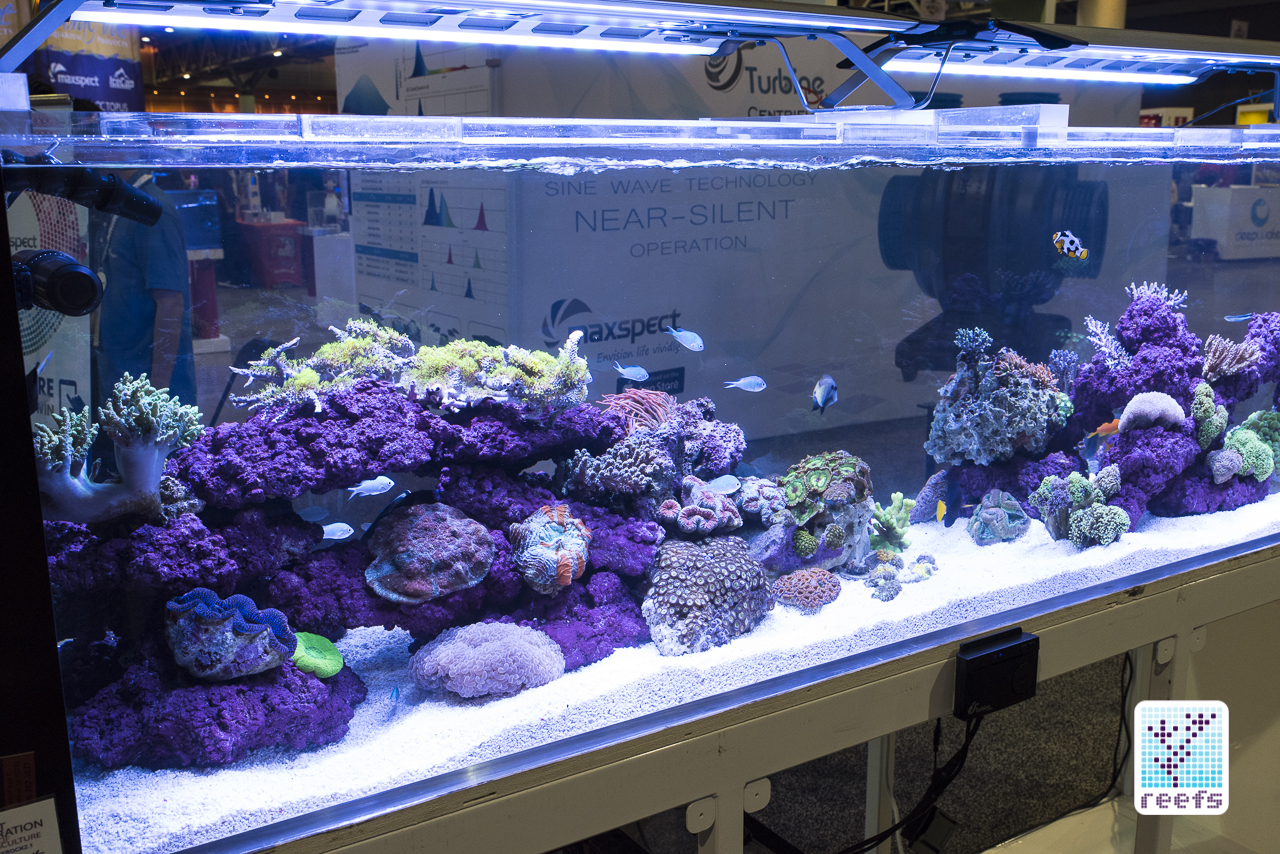

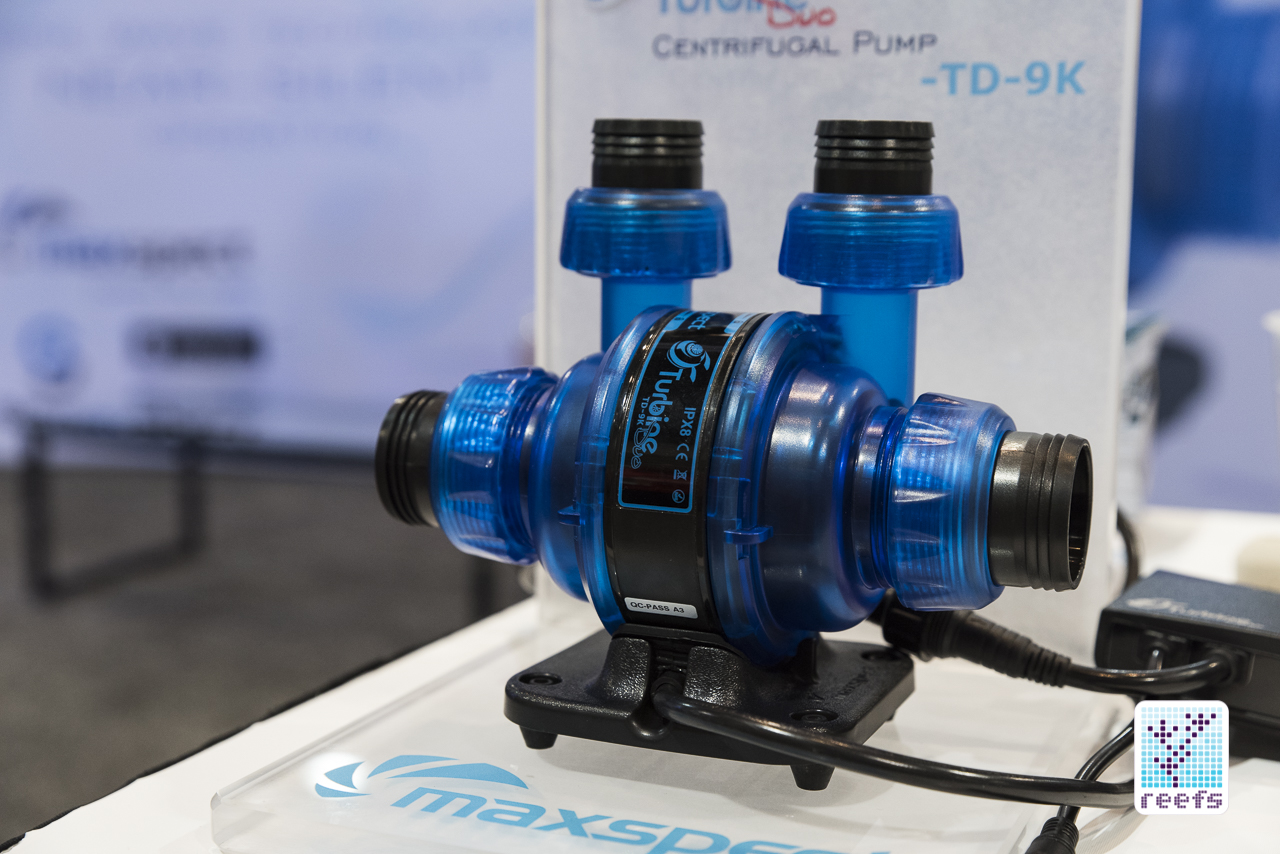
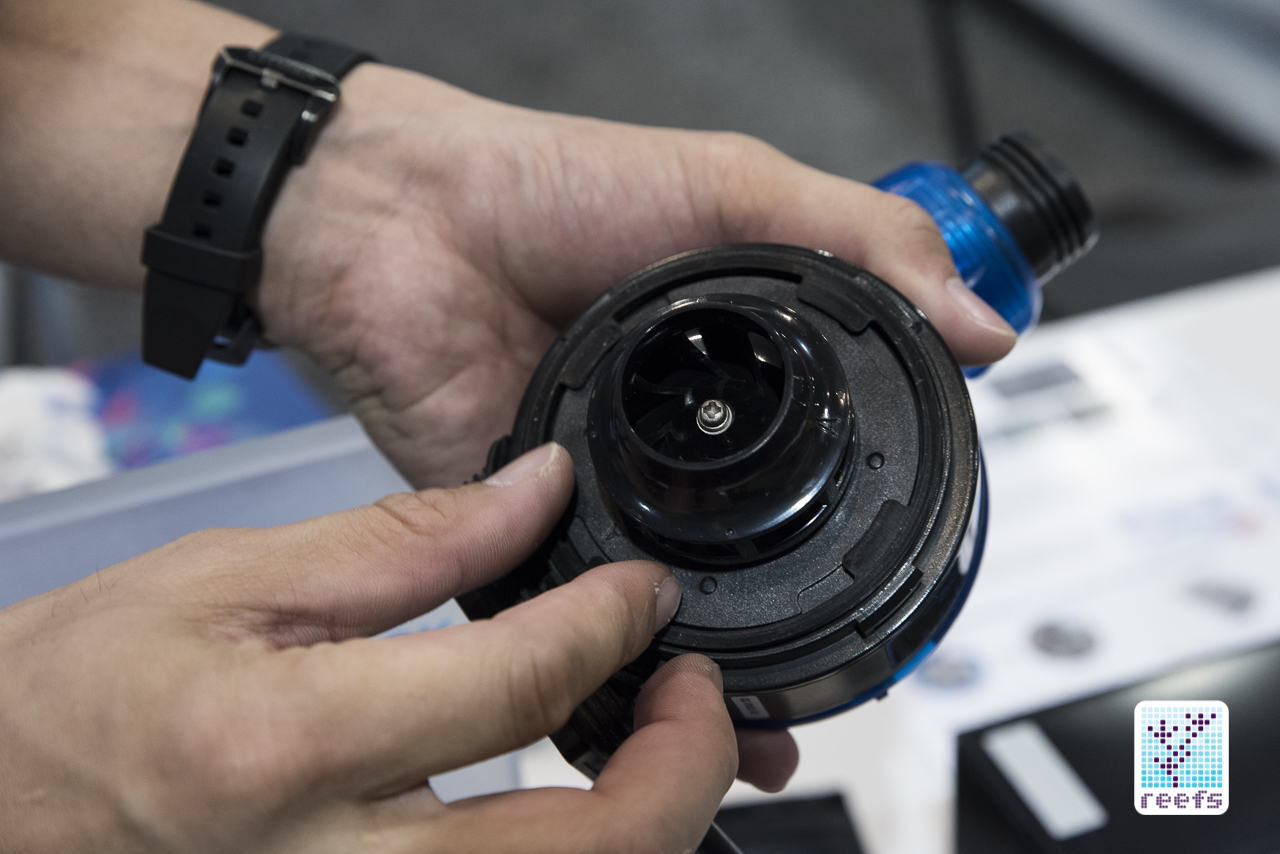

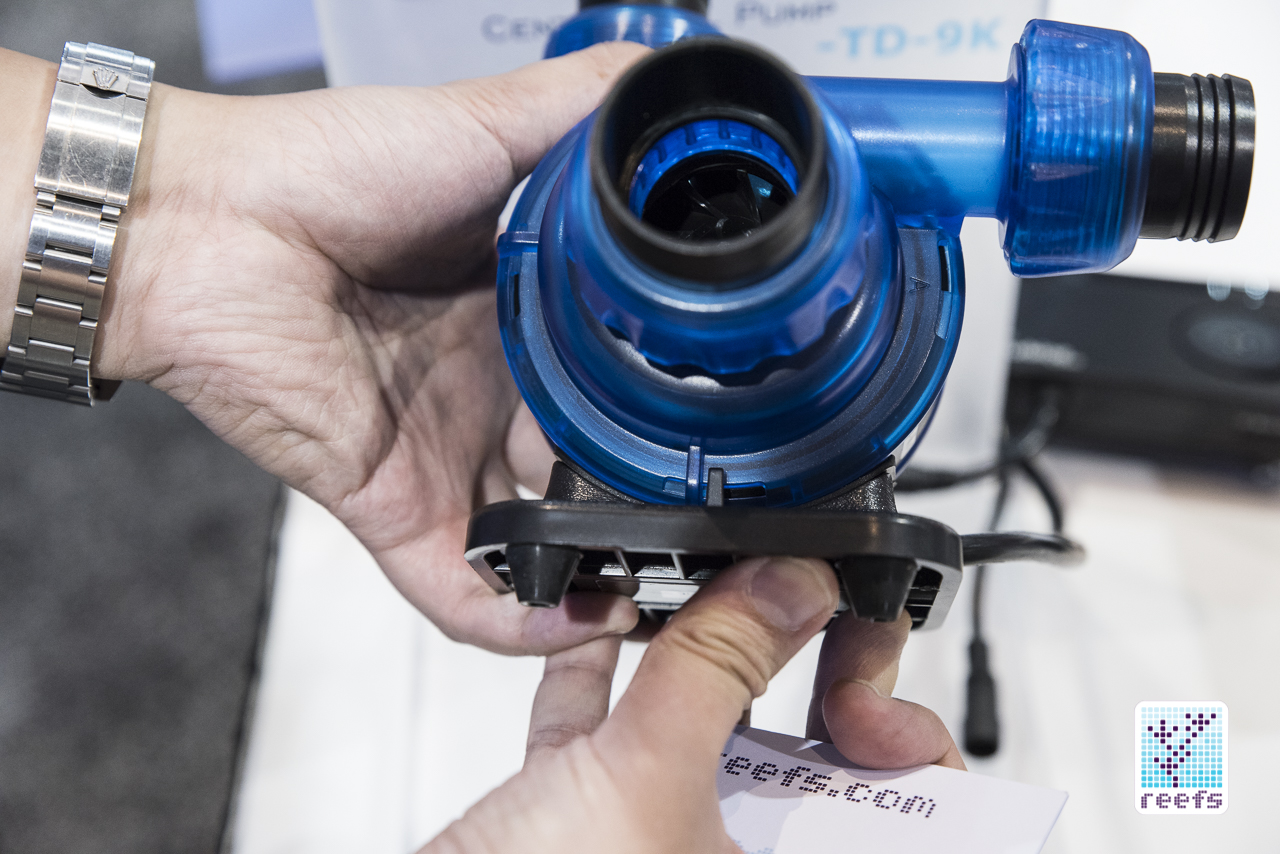

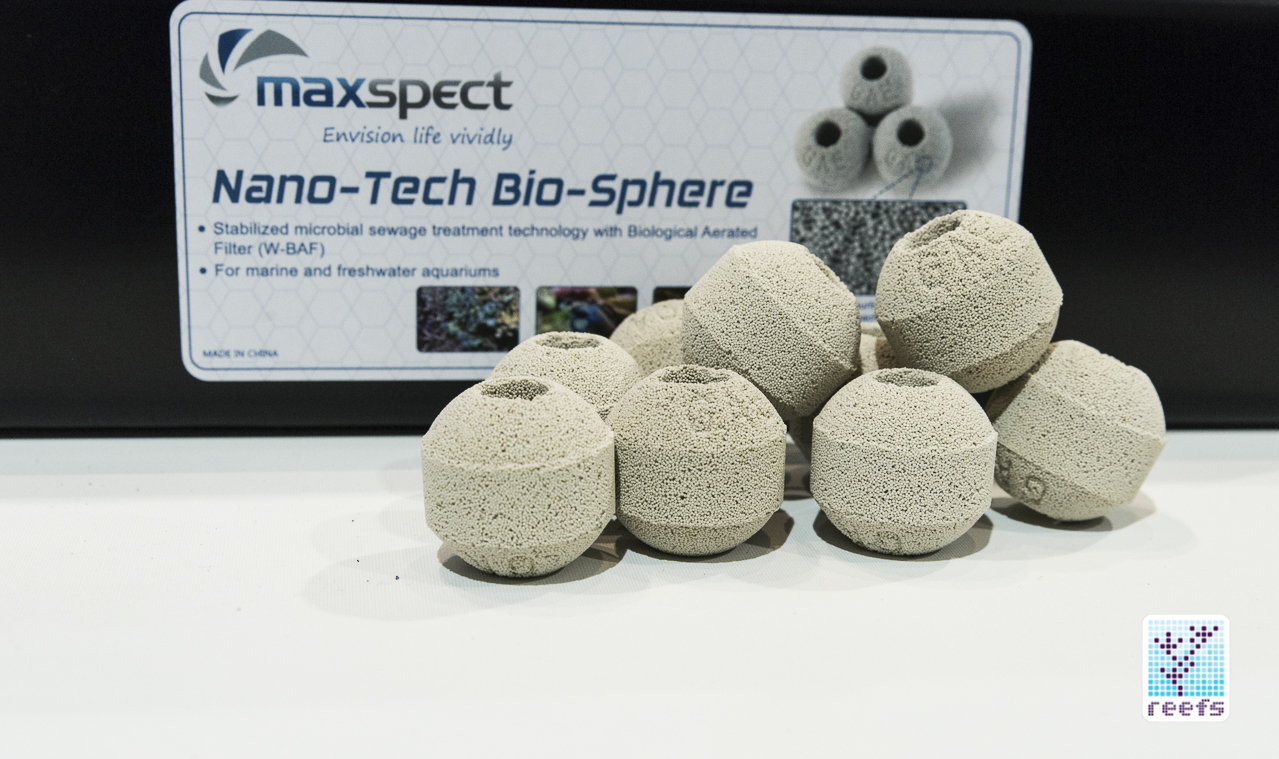
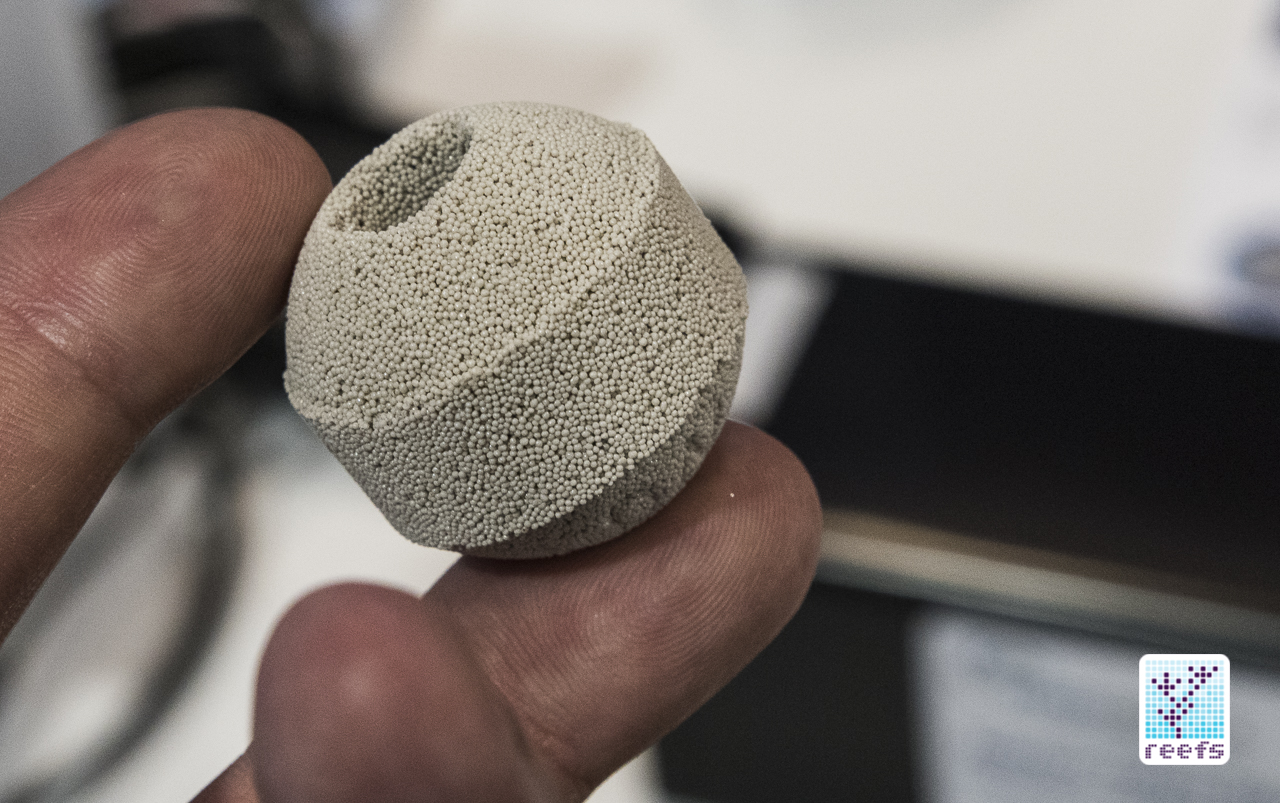
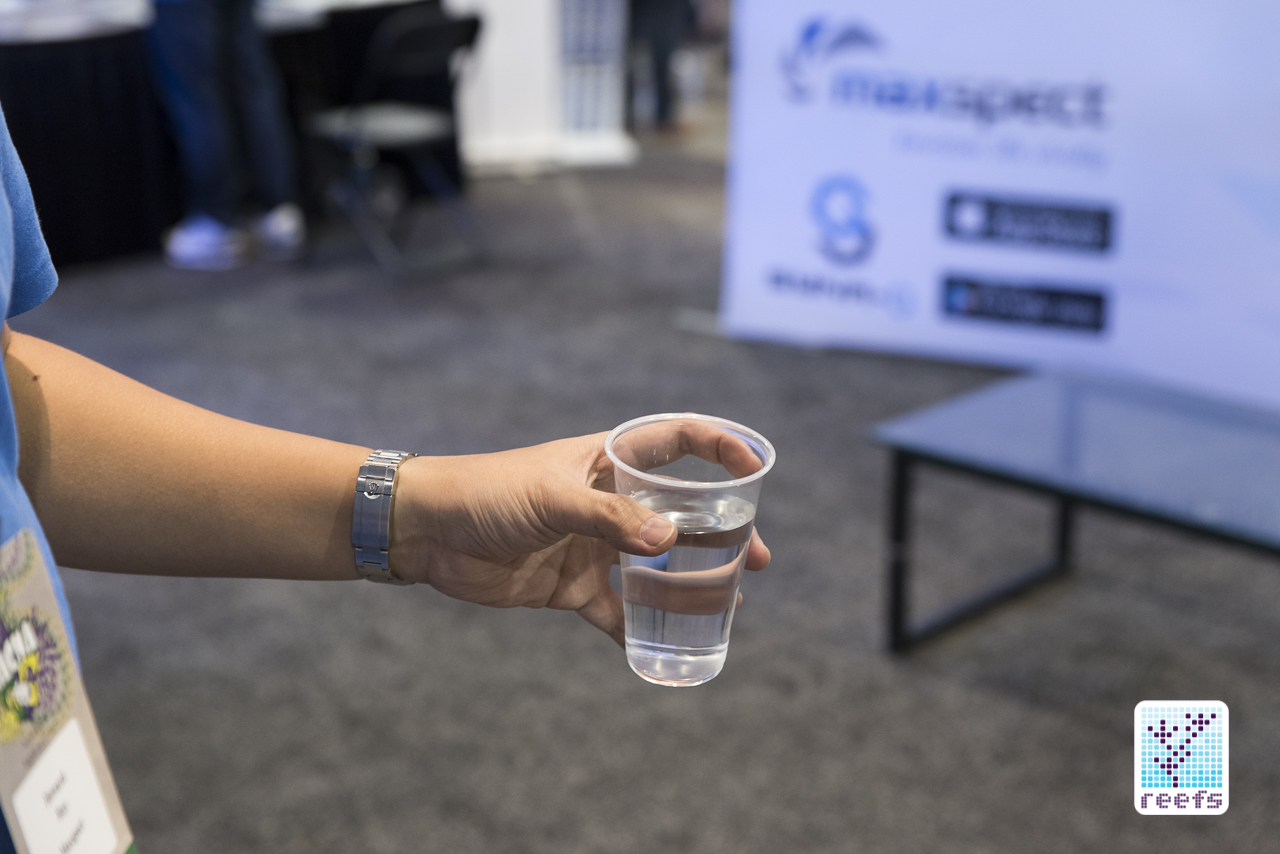
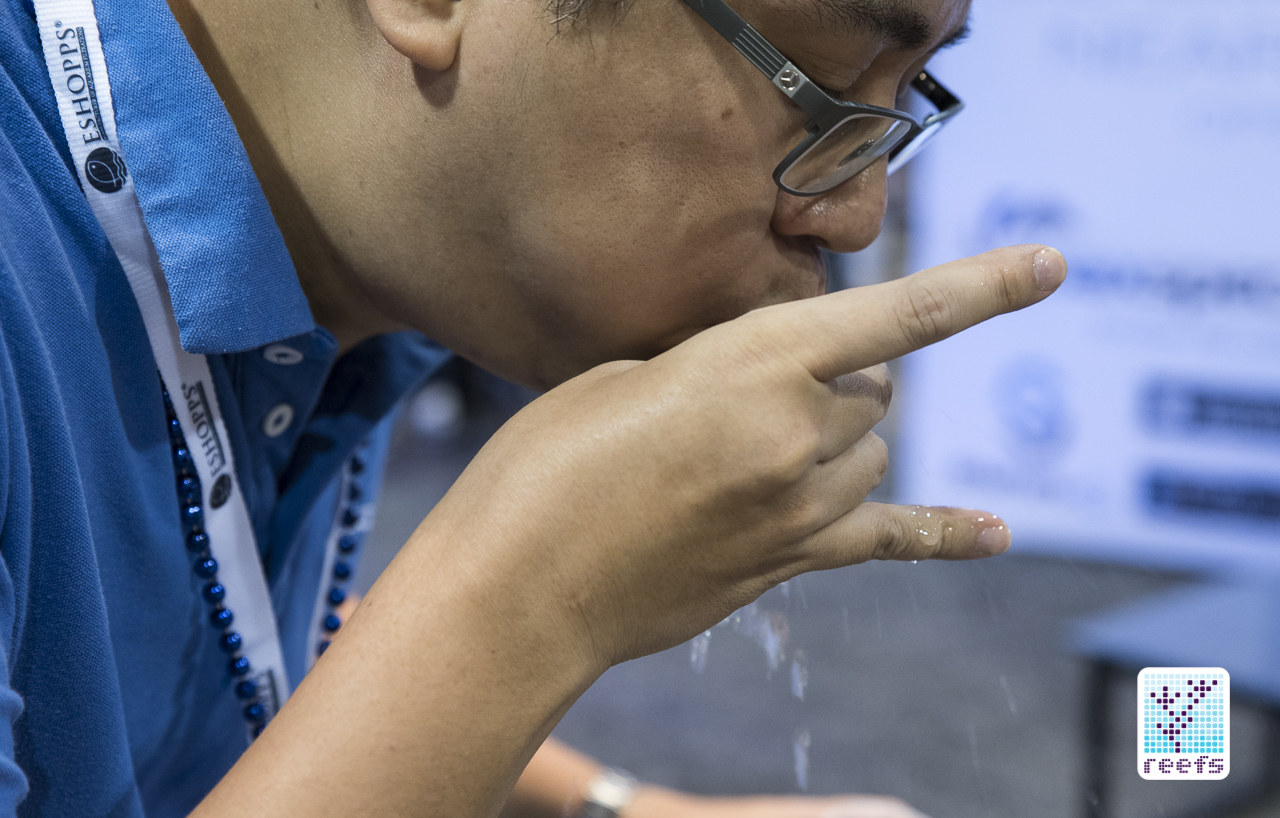
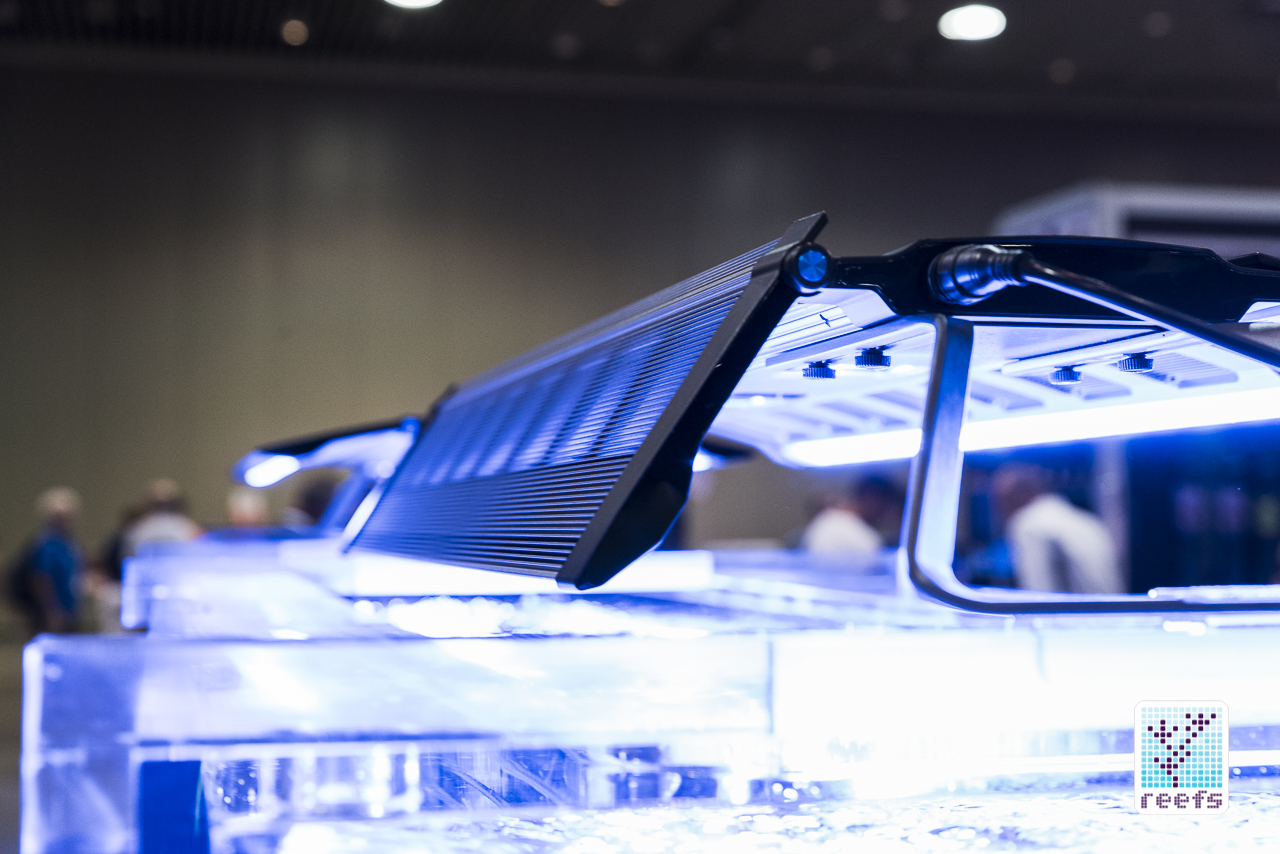
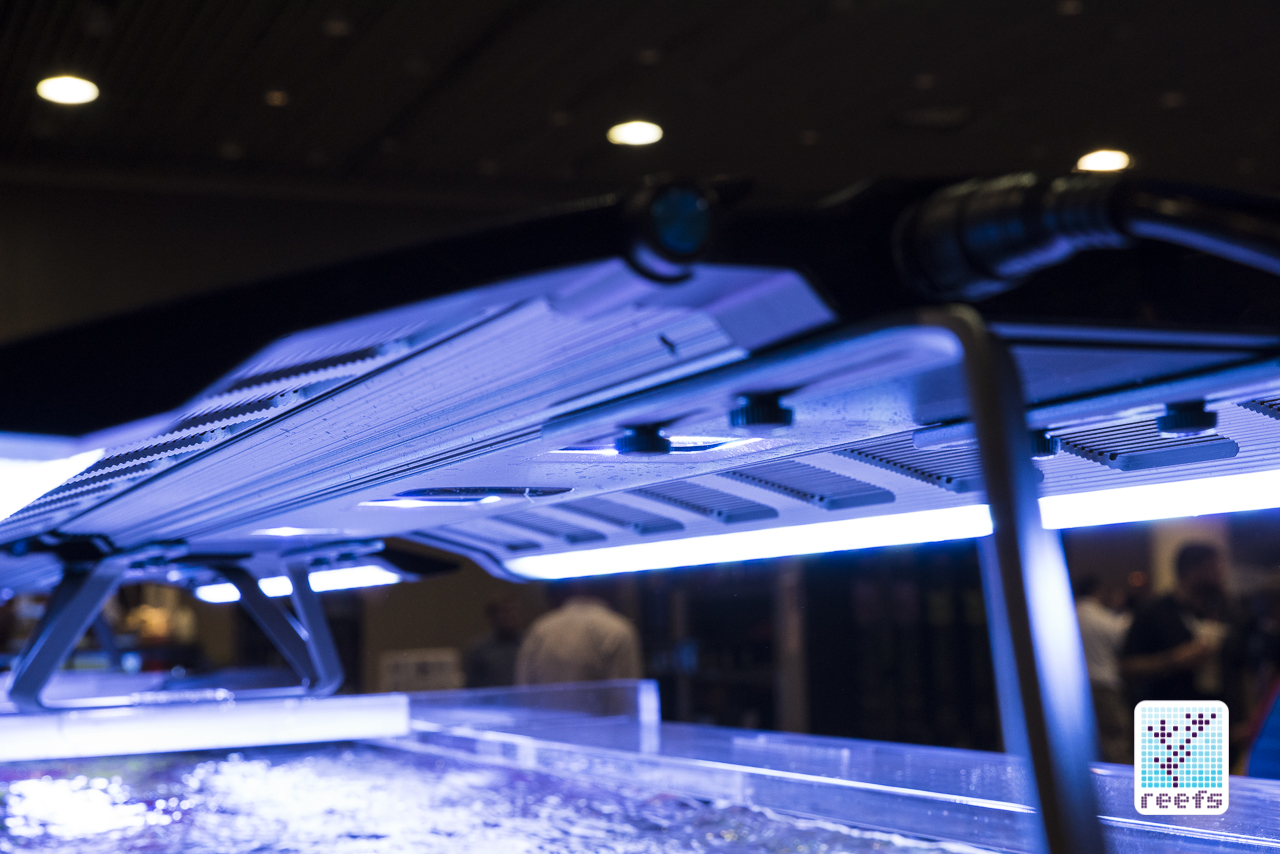
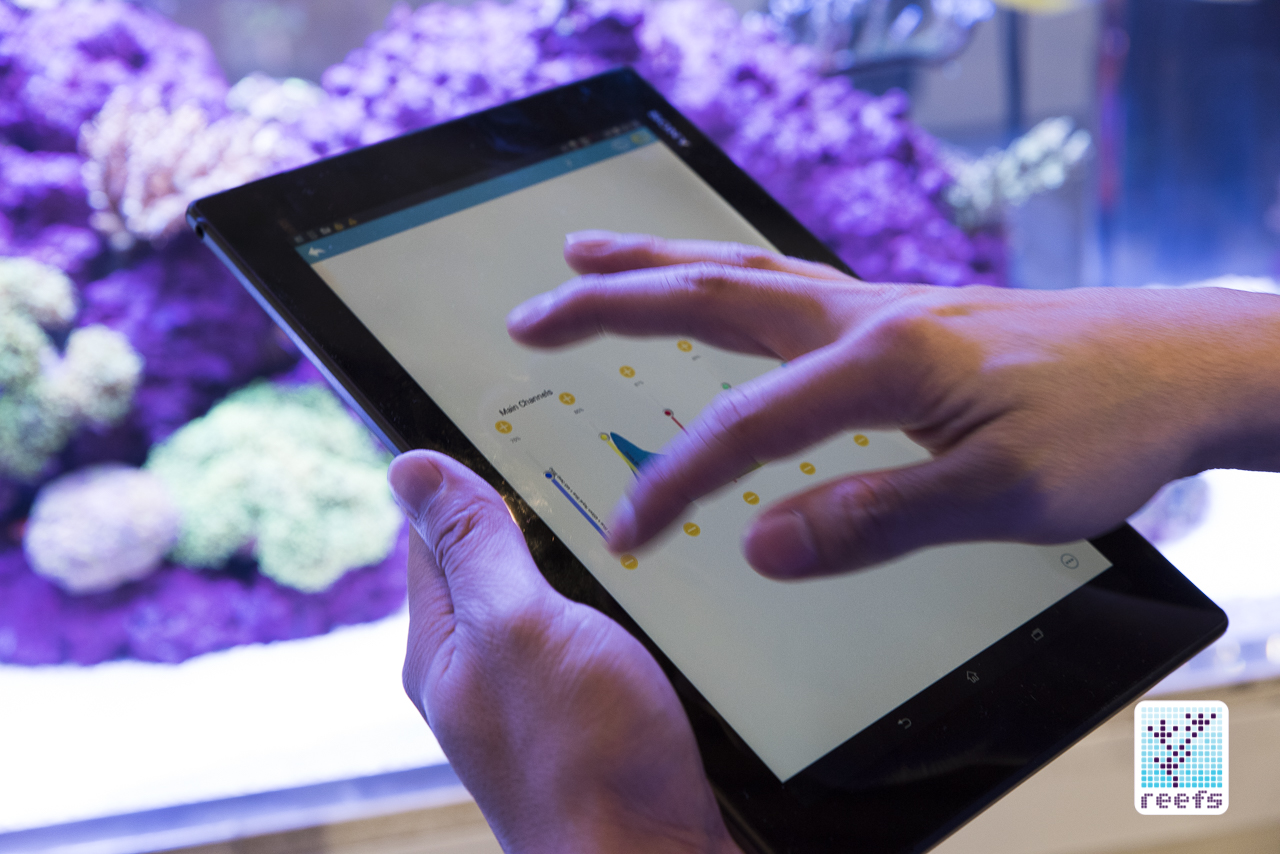
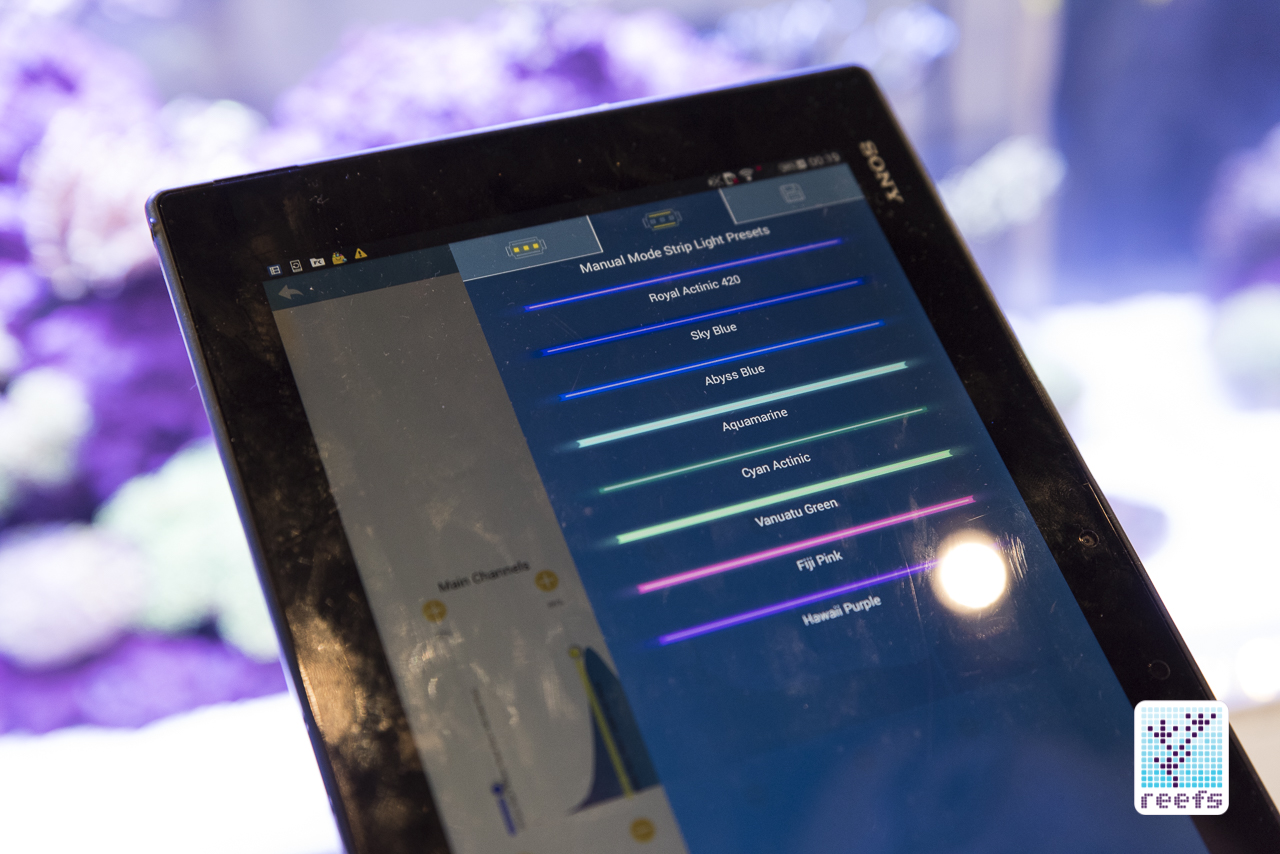
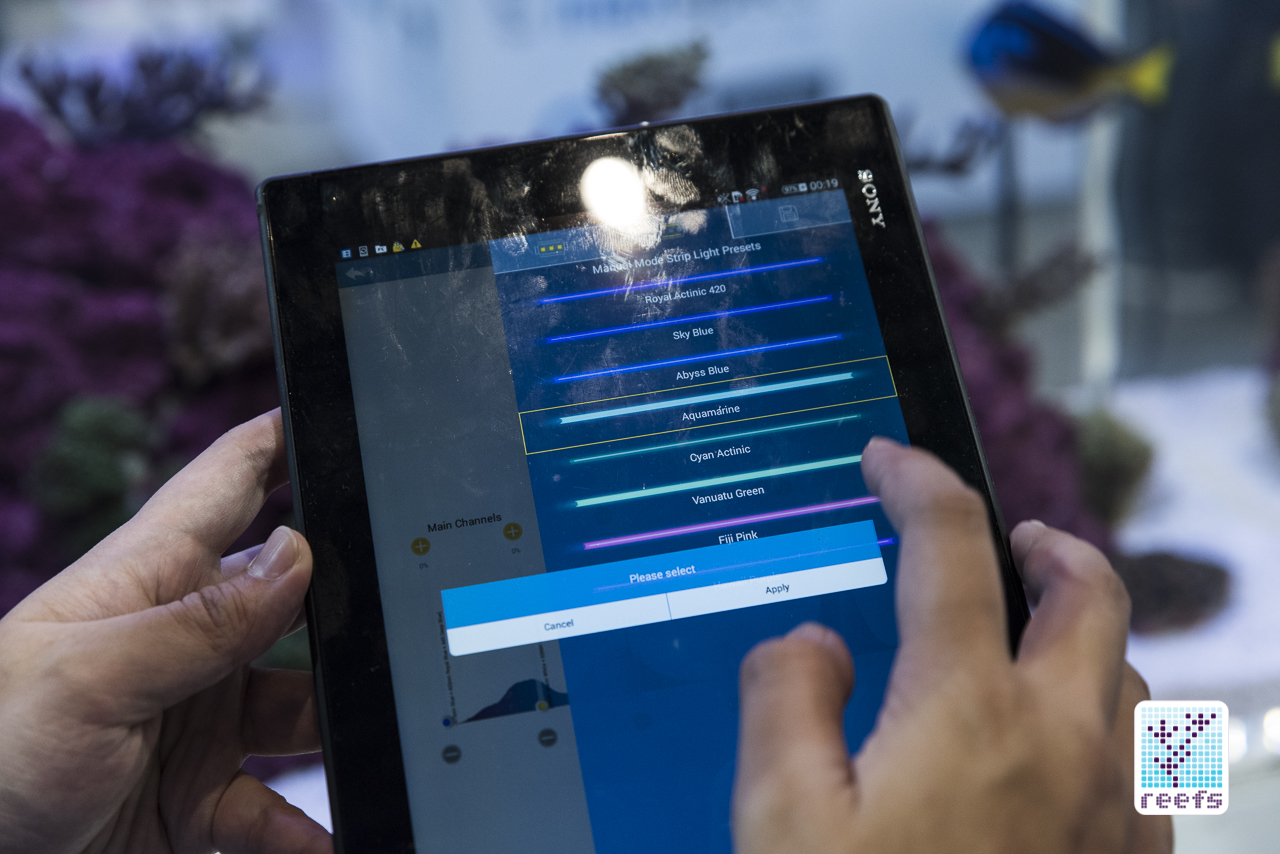
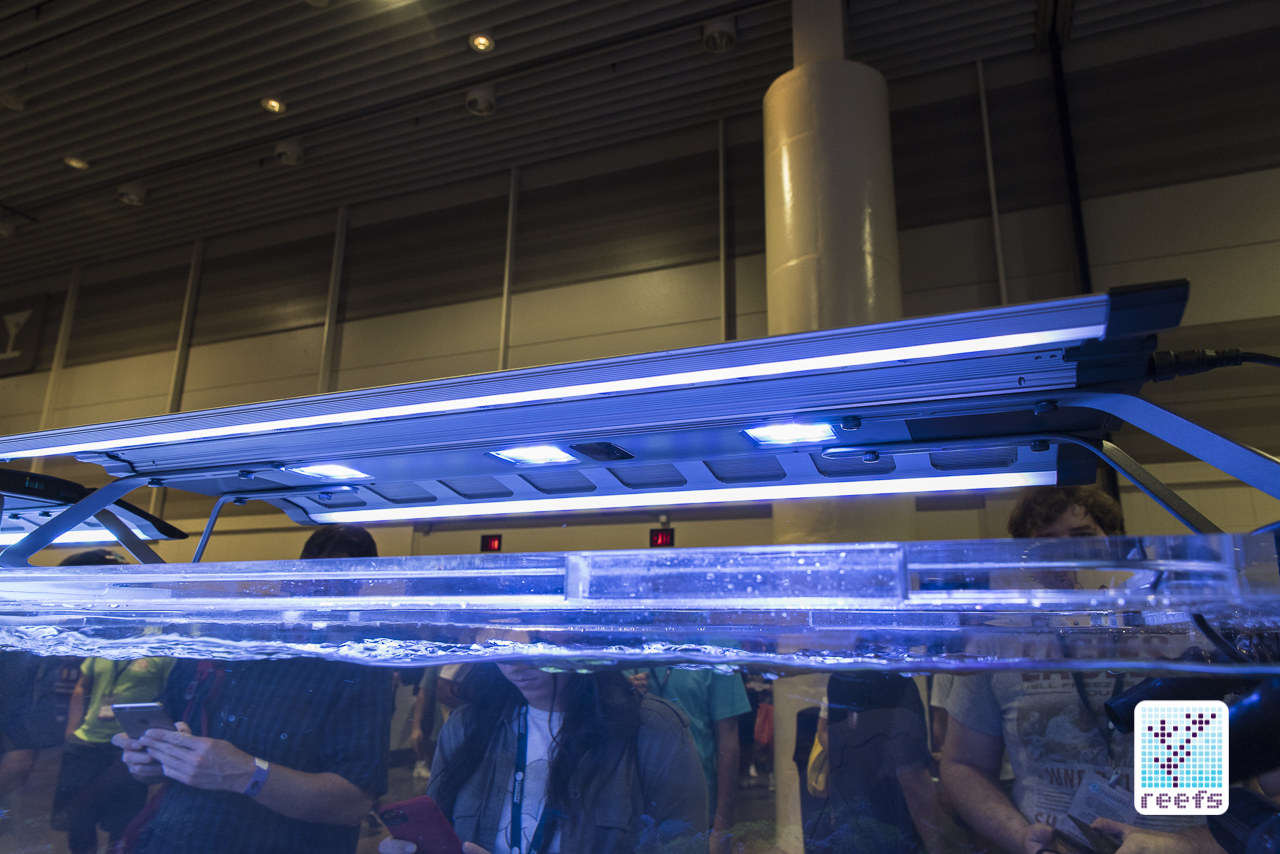
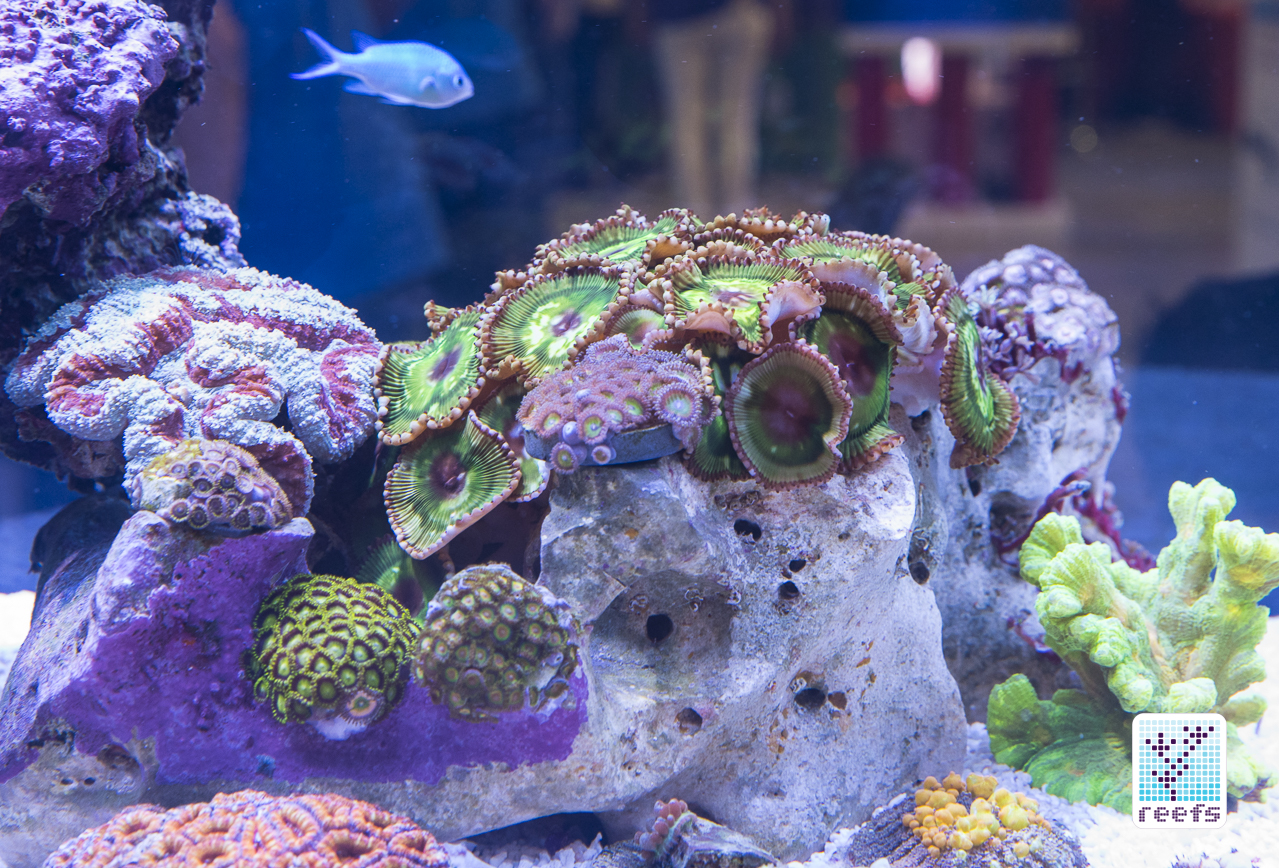
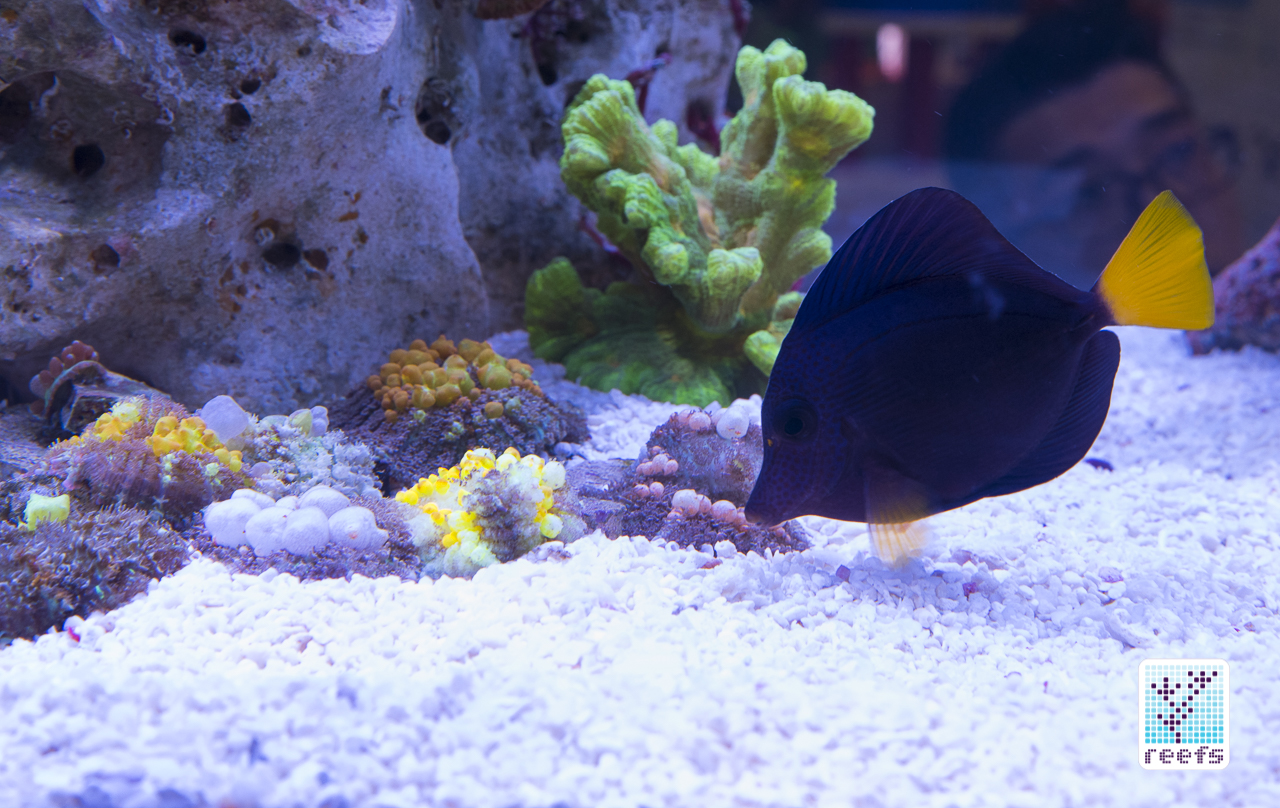
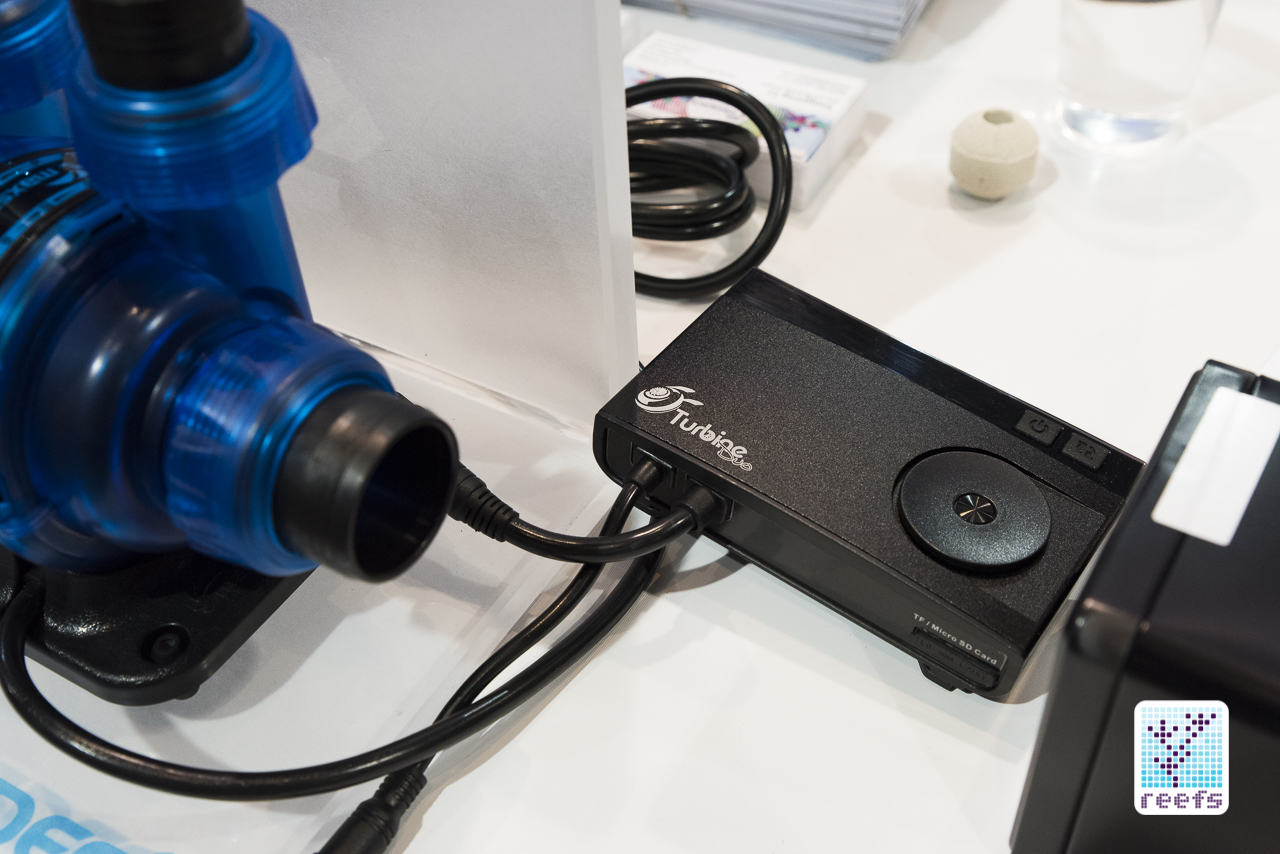
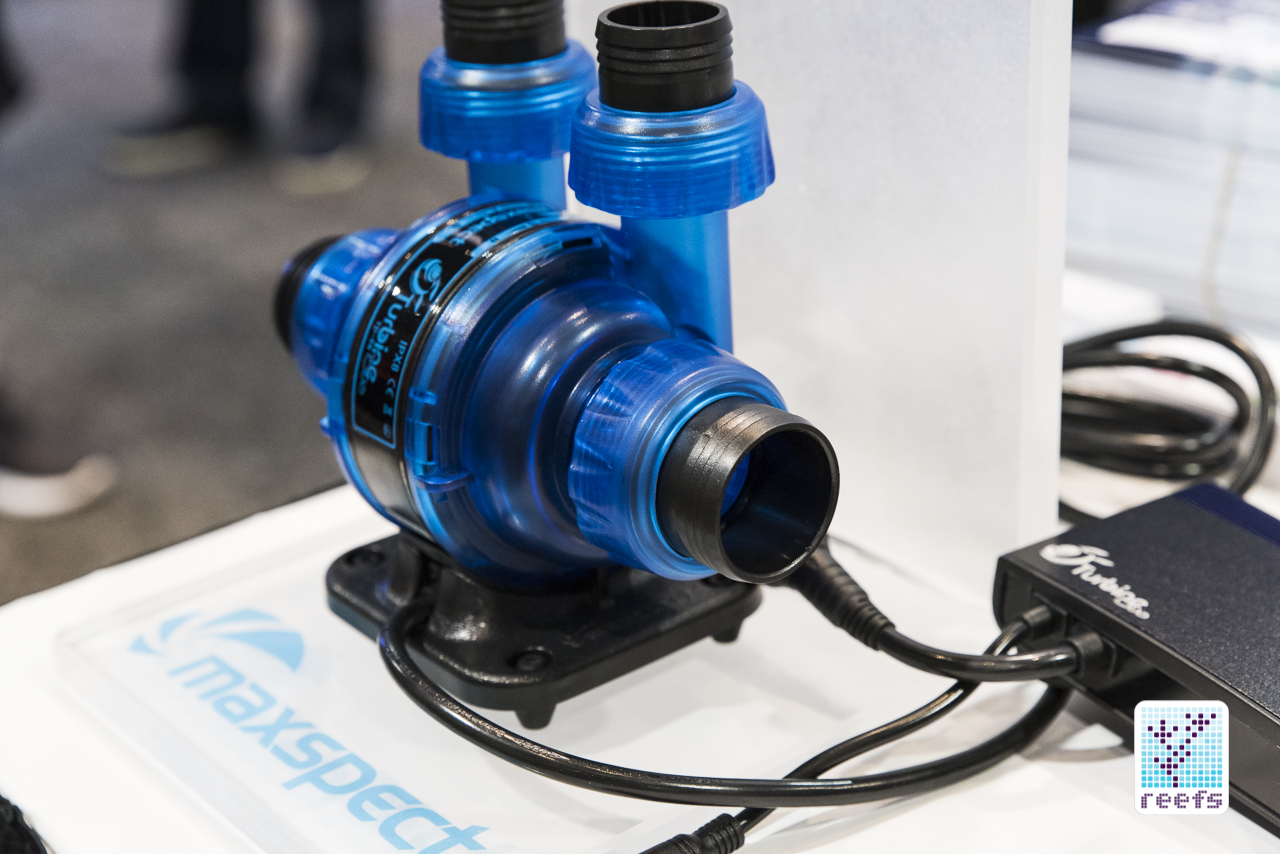
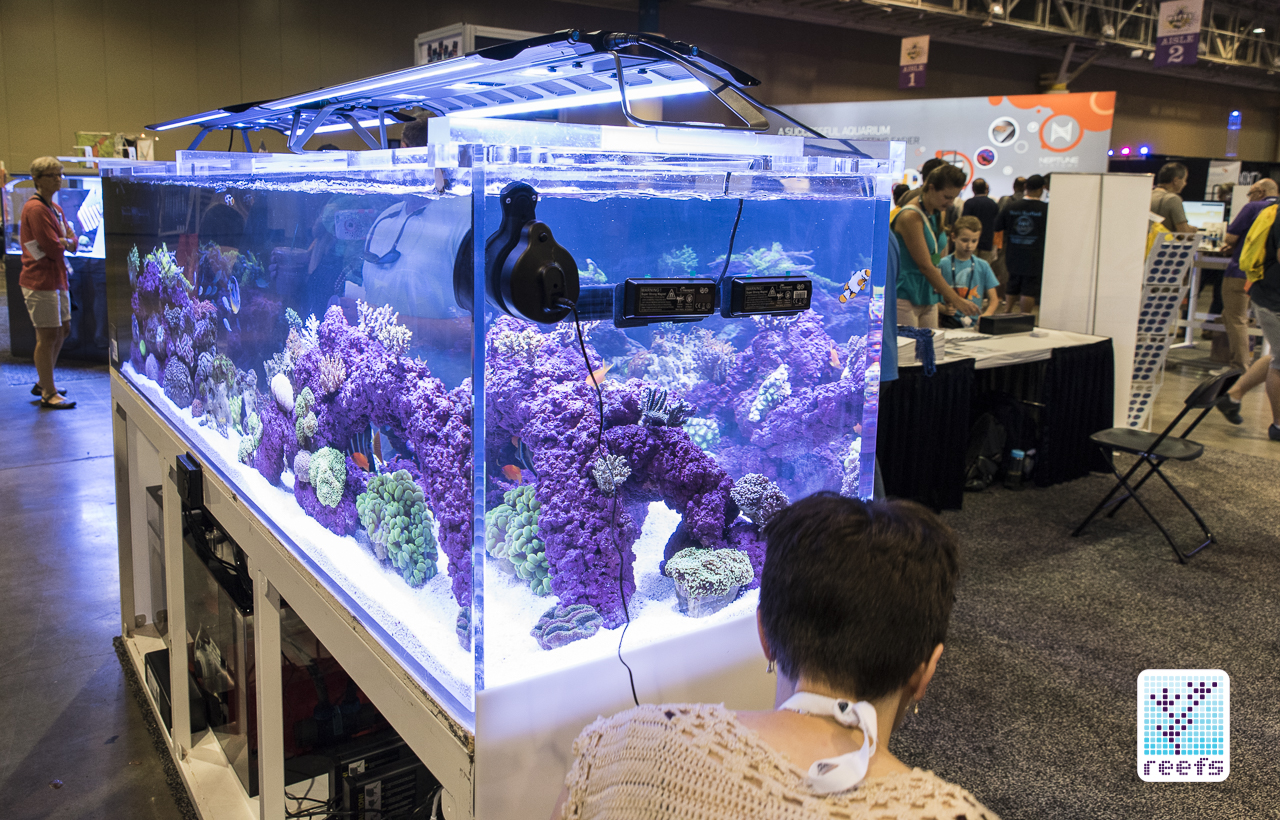
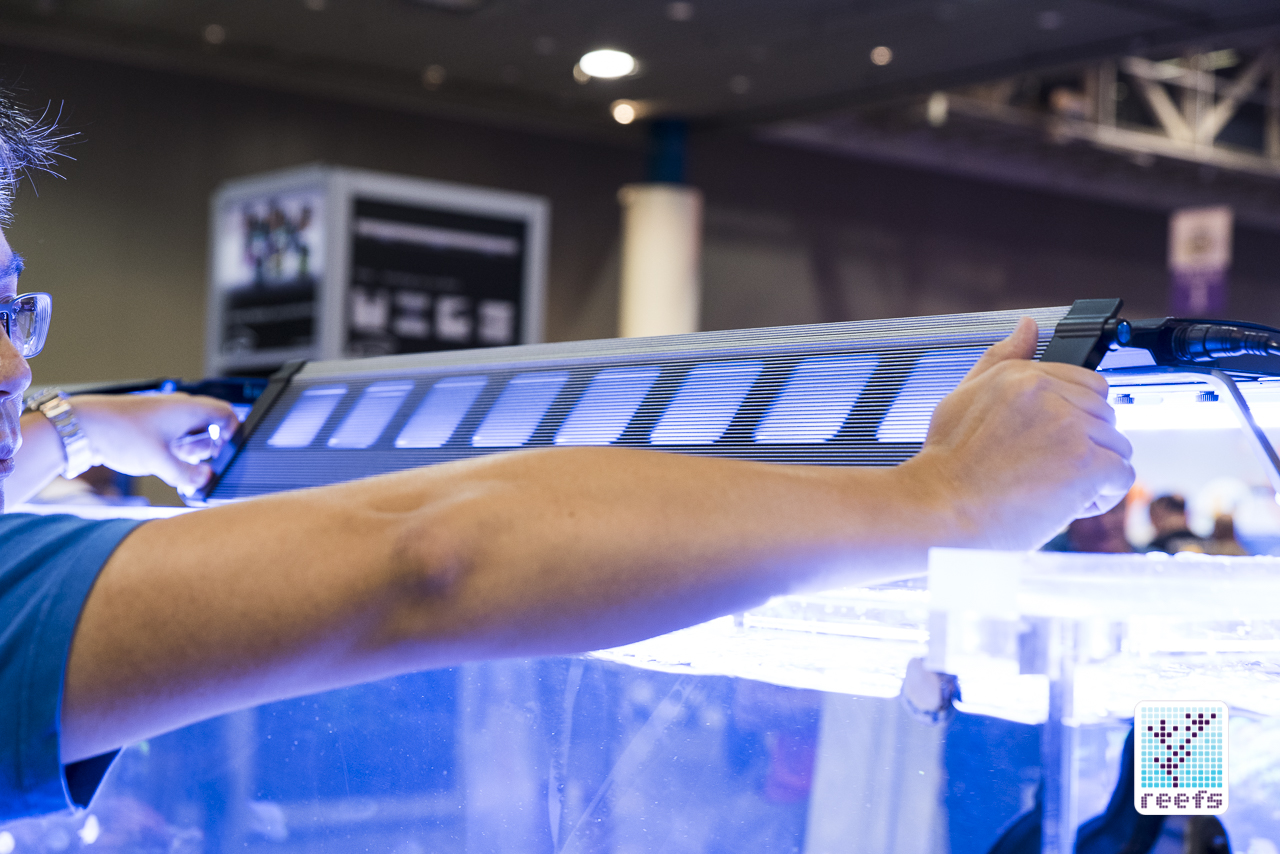
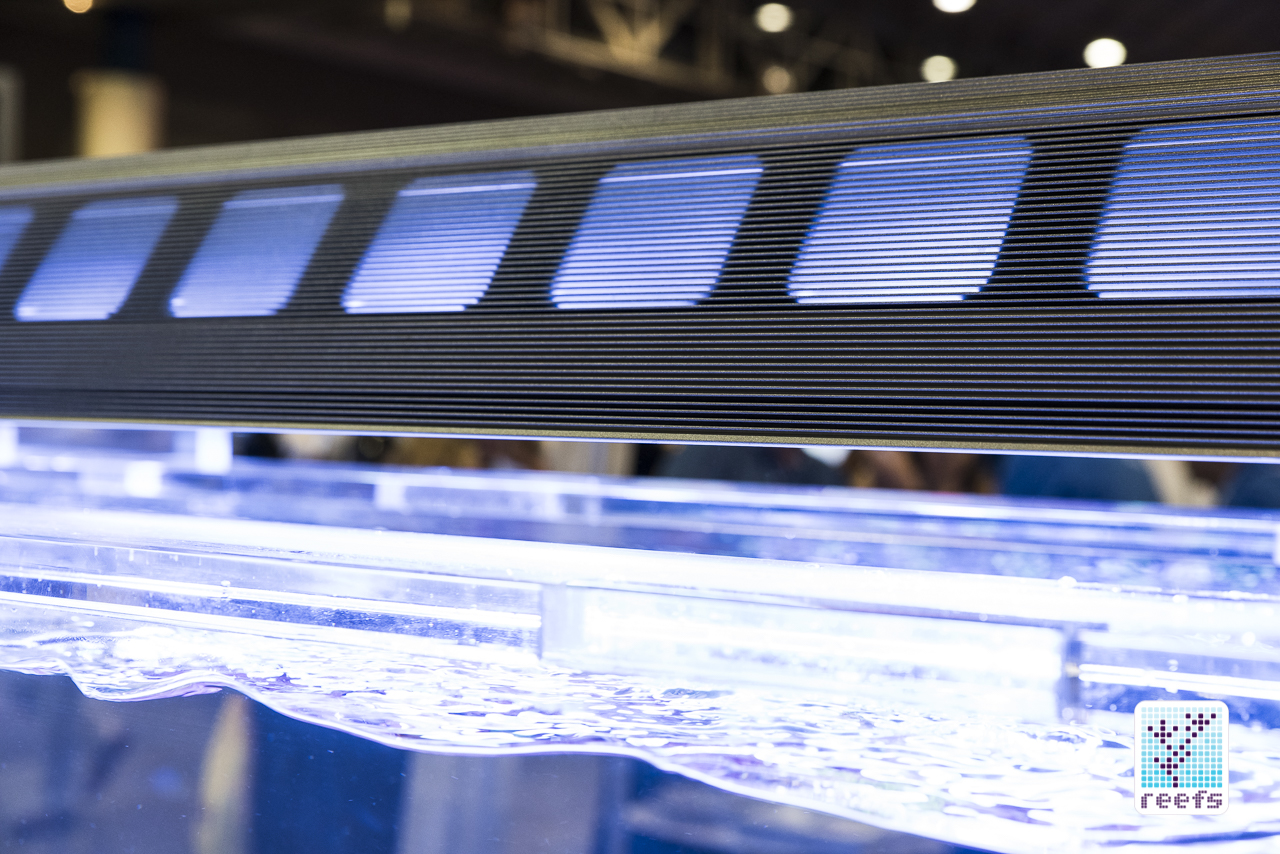
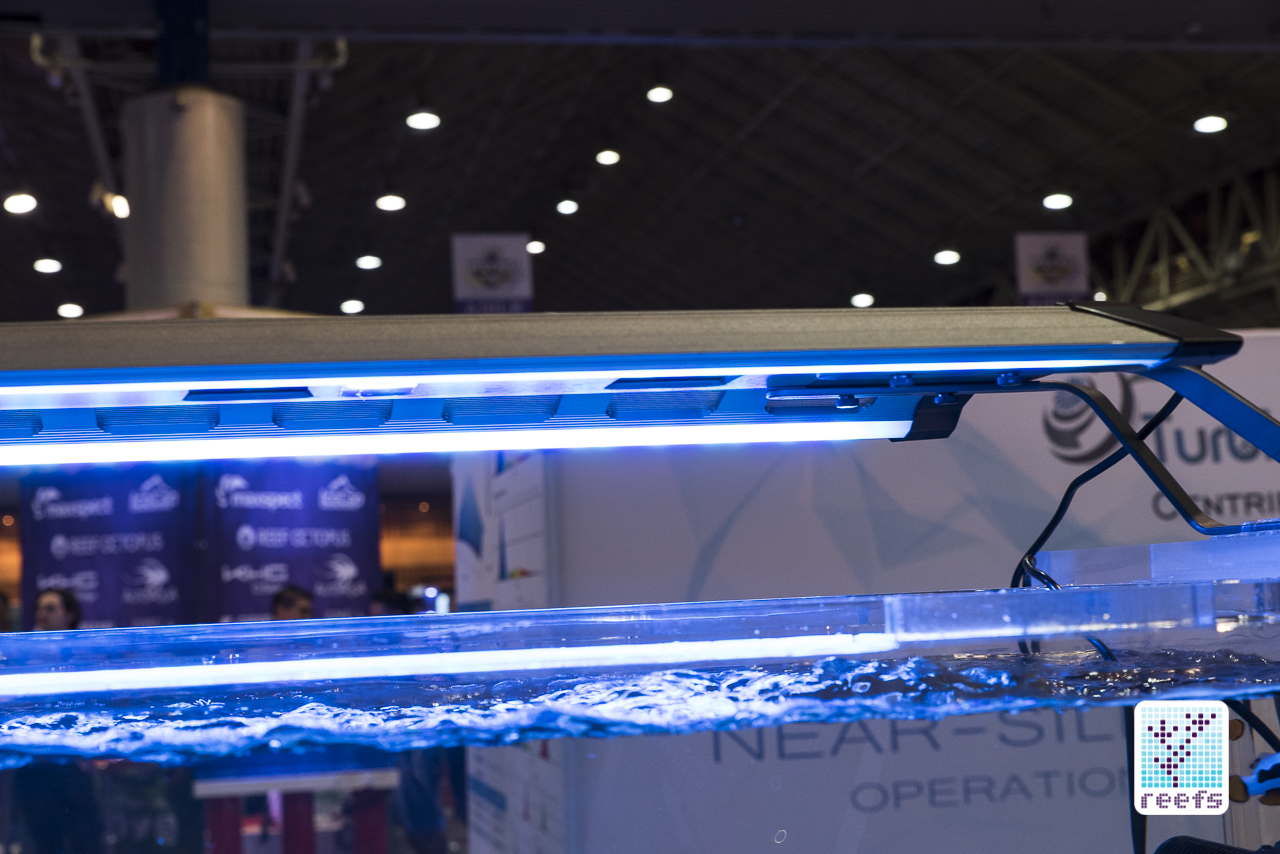









0 Comments